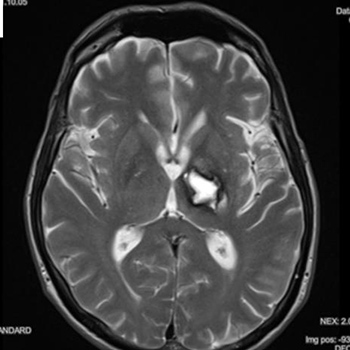Keywords
Transcranial direct current stimulation, aphasia, cerebral haemorrhage, speech therapy, rehabilitation
Abstract
Background: Although many studies have demonstrated the effectiveness of transcranial direct current stimulation (tDCS) in improving speech recovery in post-stroke aphasia, as far as we know patients affected by thalamic aphasia have never been investigated.
Patient and method: A 65-year-old man with severe non-fluent aphasia due to a left thalamic haemorrhagic stroke underwent intensive daily speech therapy combined with tDCS.
Results: The patient showed progressive improvement with almost complete recovery of his speech disorder, behavioural disinhibition and apathy.
Conclusions: Our findings suggest that tDCS with concurrent speech therapy can be useful in patients with subcortical stroke lesions.
References

Views: 1102
HTML downloads: 130
PDF downloads: 618
Published:
2020-09-03
Issue:
2020: Vol 7 No 11
(view)










